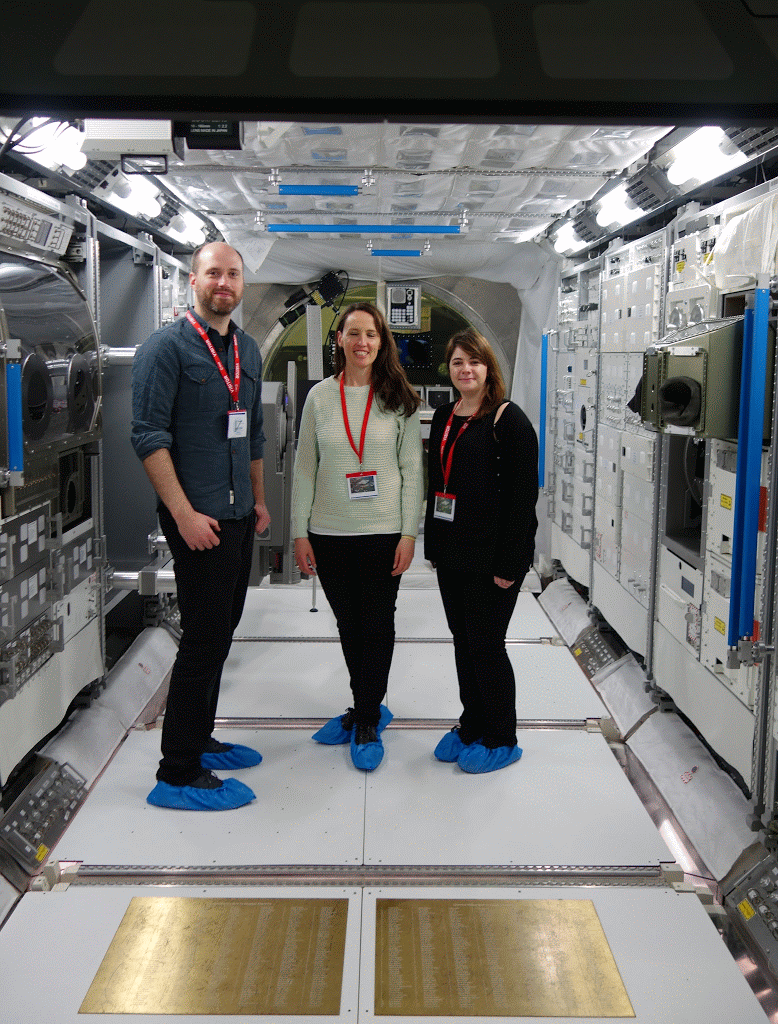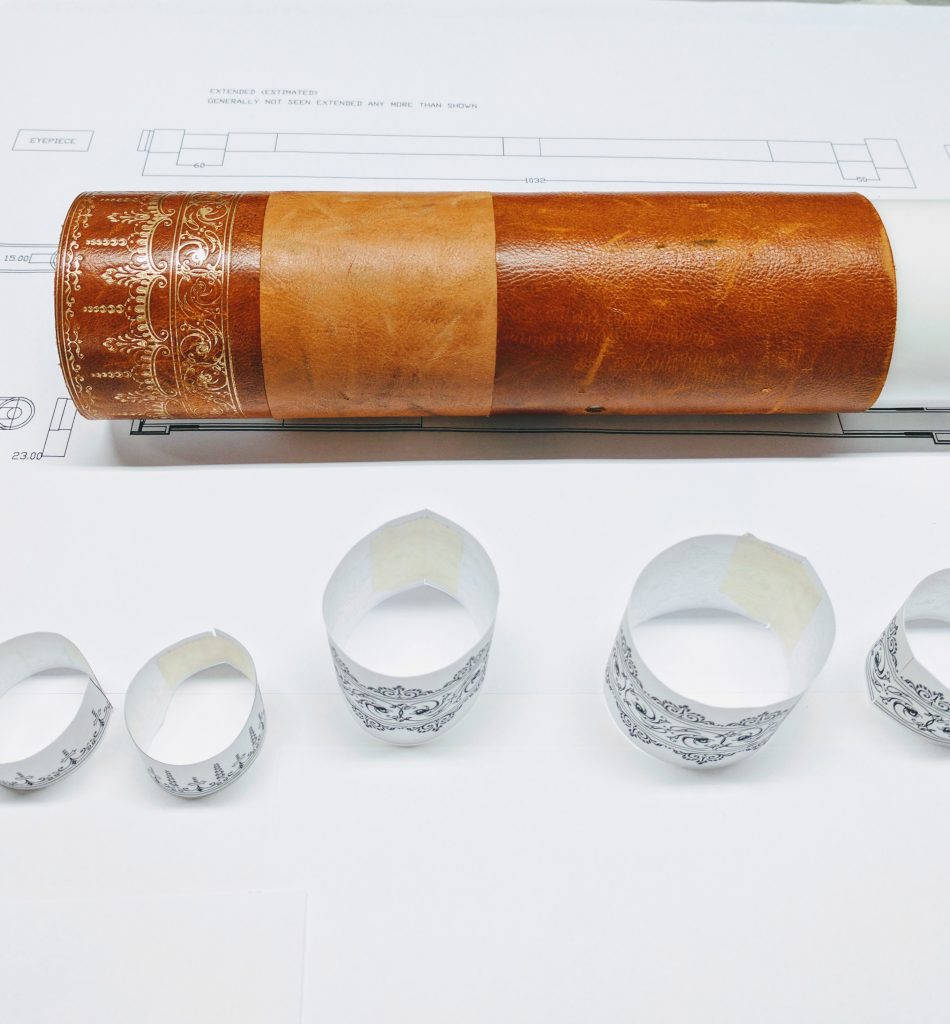In March 2013 I received an email from Cultural Innovations, asking if I have any availability for a few months, to develop content and exhibit schedules for a large museum commission in Kuwait, noting that it would be “a fair amount of work”. Five years, a LOT of work and four entire museums later, I had helped in the creation of one of the most ambitious, seemingly impossible, cultural projects in the world.
The Sheikh Abdullah Al Salem Cultural Centre is a collection of four museums, spanning science, art and culture. Now open and thriving, it is using its huge exhibition and public spaces to facilitate cultural exchanges and help a new generation of Kuwaitis with critical, creative and interpretive thinking.
It’s worth underlining the scale and ambition of the project. In five years, an international team created four museums from scratch. Each museum having five or six galleries within them, hundreds of exhibits, thousands of collection items, thousands of graphics, hours and hours of film and digital content, combined with new and innovative use of technology, to satisfy a very tech savvy audience.
A project of this scale called for rapid planning; queue some lightning fast museum development, and speedy but robust research. Working with the amazing 3D designers assembled by Cultural Innovations, scheme designs for galleries, exhibits and experiences were sketched out over the course of months. Hundreds of exhibit briefs were researched and developed, each full of outcomes, objectives, target audiences and descriptions for the next phase. With such speed, we all had to apply our experience in a timely manner, jumping in quickly if we knew content wouldn’t work, or if designs needed adjustment. That involved rapidly forming opinions about anything and everything, from planetarium design and exhibit layout to key objects and placement of 3 tonne reconstructions of the Hubble telescope.
Within a (relatively) short amount of time, designs and content plans for 16 galleries were created, a collection list collated, and enough tea drunk and Leibniz biscuits consumed to feed a small army.

Thankfully, the rapid and hard work paid off, the client loved the ideas and content, and work would begin in earnest to deliver the mammoth project (literal mammoths too).
The enormity of the task we had set ourselves began to dawn as the two-meter-high Gantt chart was delivered by the AV project manager and wallpapered to the office wall. This would be one of many Gantt charts, trackers, versions and revisions which would come to dominate our lives. Despite their tyranny, they (and the various managers) did shepherd us in the right direction, and facilitated some of the most rewarding and exciting parts of my career to date. We were about to navigate through a sea of collections reviews, AV reviews and tests, expert checks, text editing and design.
Review, review, review…
For what seemed to be, and in fact was, years, I and other content leads ping-ponged around the world between review meetings and inspections, checking on the progress of films, games, objects, set-works, lighting, writing and graphics. Luckily, I had managed to bag the best gig, the space museum, as well as a few galleries here and there about robots, innovation and hands-on science.
From light industrial estates on the edge of York and workshops in Germany, Netherlands and the US, to the cool offices of AV designers in London, it felt as though I had met with or spoke to just about everyone who works in museum delivery. I fell in love with model making and the detail of that craft, spending hours checking antique constellation maps, astrolabes and giant orreries.
Digital producers suffered through me correcting bits of content on screens, making suggestions, testing their truly fun museum games and checking the formatting of ellipses. No trip however bested the excursion to the European Space Agency, to have content expert checked. Even though the staff there were incredible, we were determined not to spend a whole day in an office reviewing briefs, so we made a quick stop to the International Space Station (see photo – micro-gravity replicated for authenticity). Meeting International Space Station staff, picking their brains and generally being in awe translated, I hope, into what I believe is one of the best space museums in the world.

As we entered the final stages of the project, images of these soon-to-be museums mid construction began to feed through. Often, as museum or heritage planners, we get go see our ideas made real, it’s one of my favourite parts of the job – somebody actually went and built that? But to watch whole museums (plural) which you helped conceive rise simultaneously, is perhaps a once in a lifetime experience.
There is so much more that could be said about this project. To build four museums in five years is nothing short of madness. There were stressful moments, and things we all vowed to change in future endeavours. It was often said that none of us could go back to working on one gallery at a time, with just a handful of exhibits and objects.
My sense of what is possible with the right team and attitude has shifted. I can now see that four museums in five years, is actually a “fair” amount of work, in both senses of the word, but perhaps not an impossible task.